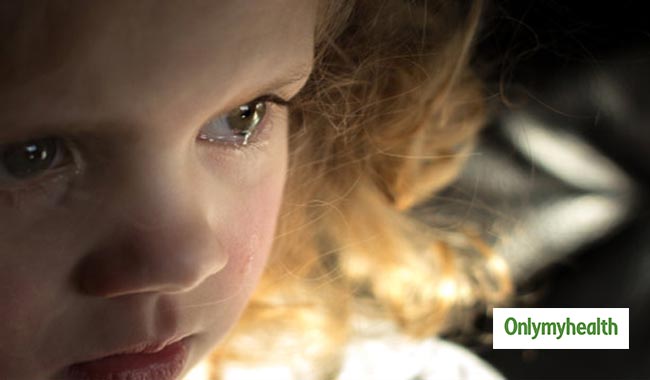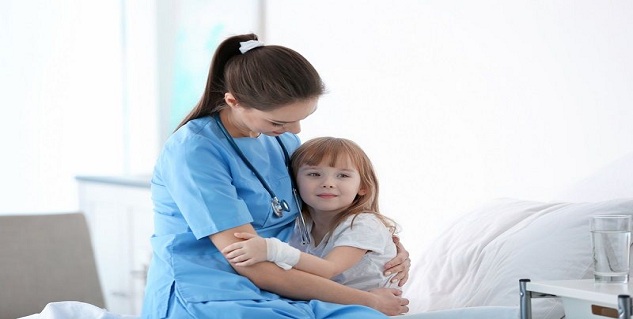
Childhood rhabdomyosarcoma is a medical condition characterised by malignant (cancer) cells forming in muscle tissues. It is a type of sarcoma that begins in muscles that are attached to bones and that help the body move.
Table of Content:-
Rhabdomyosarcoma is one of the most common type of sarcoma found in the soft tissues of children. There are three main types of rhabdomyosarcoma – embryonal, alveolar and anaplastic. Embryonal rhabdomyosarcoma is the most common type which occurs most often in the head and neck area or in the genital or urinary organs. Alveolar rhabdomyosarcoma occurs in the arms or legs, chest, abdomen, or genital or anal areas, while anaplastic rhabdomyosarcoma is a rare form.

Who is at Risk?
The risk factors for rhabdomyosarcoma include having the inherited diseases such as Li-Fraumeni syndrome, Neurofibromatosis type 1 (NF1), Beckwith-Wiedemann syndrome, Costello syndrome and Noonan syndrome. In most cases, the cause of rhabdomyosarcoma is not known.
Symptoms
One of the possible signs of childhood rhabdomyosarcoma is a lump or swelling that keeps getting bigger. The symptoms that occur depend on where the cancer forms. A doctor should be consulted if any of the following problems occur:
- A lump or swelling that keeps getting bigger or does not go away. It may be painful
- Bulging of the eye
- Headache
- Trouble urinating or having bowel movements
- Blood in the urine
- Bleeding in the nose, throat, vagina, or rectum
Read more articles on Childhood Rhabdomyosarcoma.
For more related articles, download OnlymyHealth App.
Read Next
Diet for Leukaemia Patients
How we keep this article up to date:
We work with experts and keep a close eye on the latest in health and wellness. Whenever there is a new research or helpful information, we update our articles with accurate and useful advice.
Current Version
